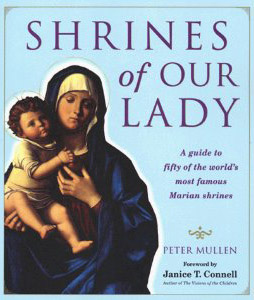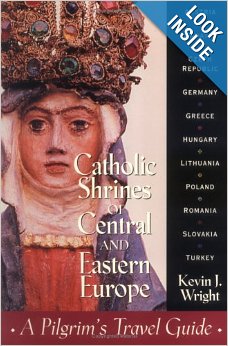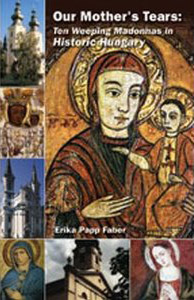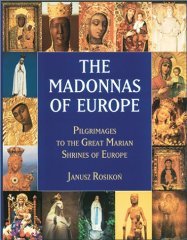Strict Standards: Declaration of McalendarControllerMCalendar::display() should be compatible with McalendarController::display($cachable = false, $urlparams = false) in /home/nrnvguvu78sn/public_html/components/com_mcalendar/controllers/mcalendar.php on line 0
Strict Standards: Only variables should be passed by reference in /home/nrnvguvu78sn/public_html/components/com_mcalendar/controllers/mcalendar.php on line 22
Strict Standards: Only variables should be passed by reference in /home/nrnvguvu78sn/public_html/components/com_mcalendar/controllers/mcalendar.php on line 23
Strict Standards: Only variables should be passed by reference in /home/nrnvguvu78sn/public_html/components/com_mcalendar/controllers/mcalendar.php on line 24
Strict Standards: Only variables should be passed by reference in /home/nrnvguvu78sn/public_html/components/com_mcalendar/controllers/mcalendar.php on line 25
Strict Standards: Only variables should be passed by reference in /home/nrnvguvu78sn/public_html/components/com_mcalendar/controllers/mcalendar.php on line 26
Notice: Undefined property: stdClass::$name in /home/nrnvguvu78sn/public_html/components/com_mcalendar/models/shrines.php on line 17
Related Books
- Shrines of Our Lady: A Guide to Fifty of the World's Most Famous Marian Shrines
- Icons and Saints of the Eastern Orthodox Church (A Guide to Imagery)
- Catholic Shrines of Central and Eastern Europe: A Pilgrim's Travel Guide
- Icon and Devotion: Sacred Spaces in Imperial Russia
- Icons: Masterpieces of Russian Art
- The Russian Icon: From Its Origins to the Sixteenth
- Russian Icons
- Our Mother's Tears: Ten Weeping Madonnas in Historic Hungary
- The Madonnas of Europe: Pilgrimages to the Great Marian Shrines
Könnyezo Szuzanya
Notice: Undefined property: stdClass::$state in /home/nrnvguvu78sn/public_html/components/com_mcalendar/views/detail/tmpl/default.php on line 95
Máriapócs, Hungary (1696)

History
Captured by Turks and held as a prisoner of war, Laszlo Csigri celebrated his release in 1696 by commissioning a wooden icon of the Virgi and Child for the Greek Catholic church in his home town of Pócs (pronounced Poach) in eastern Hungary. The artist was the pastor's brother, Istvan Papp; although he had studied in Italy, the work has a primitive immediacy more typical of Coptic art than of the Italian baroque. In a variation of the classic hodigetria or way-pointing pose, the Virgin not only gestures toward the Child, who wears a cross and holds a three-petaled flower; he points back toward her. That same year, on November 4, toward the end of the mass, a farmer named Mihaly Eory noticed the icon was shedding tears. During the two weeks of this first weeping, word spread throughout the area. A dying child recovered when held up to the tears by a Roman Catholic priest from a town ten miles away. In gratitude, the mother gave the icon a jeweled necklace, the first of many such offerings, which eventually covered the image almost completely. In December, it wept for another two weeks, starting on the 8th. Pócs became known as Máriapócs. Hungary was then under Austria, and in February, 1697, Emperor Leopold II had the miraculous image moved to St. Stephen's Cathedral in Vienna. It's still there, in a chapel to the right of the entrance. It never wept again. But a copy given by the Emperor to the church in Máriapócs wept three more times, in 1715, 1750, and 1905.
Approval
Pope John Paul II during the Angelus of 17 August 1988, declared, "Mariapocs is a place of unity, where the faithful of different nations venerate Mary's maternal love, Mary who is saddened by the sins of her children and who intercedes for them before her divine Son. It is as if they go there to unite their own tears to the Virgin's tears, to purify and let their tears melt together into a single offering, united to the redemptive offering of Jesus the Savior."
Prayers
Shrines
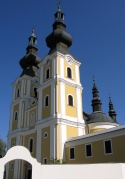
Sanctuary of Mariapocs (Máriapócs, Hungary)
The sanctuary Máriapócs is a Byzantine Rite Catholic church located in a small village in Hungary, bordering Russia. The venerated image that is an ancient icon of...
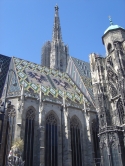
St. Stephen's Cathedral (Vienna, Austria)
The Stephansdom (St. Stephen's Cathedral) in Vienna has survived through many wars and has become a symbol of Vienna's freedom. The Gothic cathedral was first built in 11...
Resources
-
Our Mother's Tears: Ten Weeping Madonnas in Historic Hungary
Erika Papp Faber
Academy of the Immaculate
2006
ISBN: 1601140312 -
The Madonnas of Europe: Pilgrimages to the Great Marian Shrines
Janusz Rosikon
Ignatius Press
June 2001
ISBN: 0898708494 -
Shrines of Our Lady: A Guide to Fifty of the World's Most Famous Marian Shrines
Peter Mullen
St. Martin's Griffin
October 20, 1999
ISBN: 0312243278 -
Catholic Shrines of Central and Eastern Europe: A Pilgrim's Travel Guide
Kevin J. Wright
Liguori Publications
May 1, 1999
ISBN: 0764803344 -

